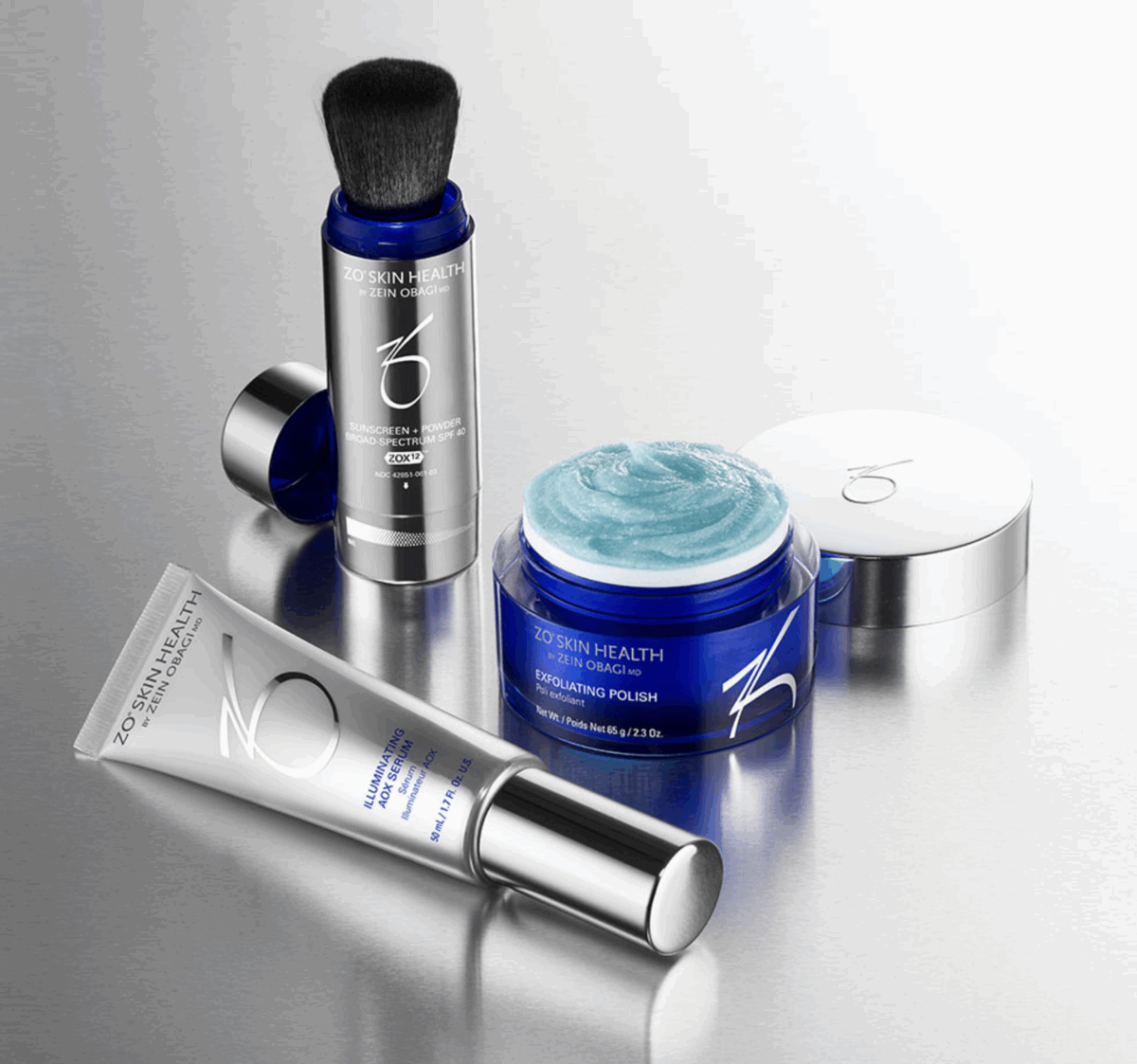As you enter your 30s, you might start to notice slight changes in your skin. The smooth, glowing complexion of your 20s might not look quite the same, and fine lines may start to appear.
A well-rounded anti-aging skincare routine can help you preserve the vitality of your skin and even reverse some of those early signs. With the right approach, you can protect and repair your skin while making it appear more youthful and radiant.
Understanding Your Skin in Your 30s
As you enter your 30s, your skin starts to lose some of its natural elasticity. Collagen production, which keeps skin firm and plump, begins to slow down.
This is when you’ll want to focus on an anti-aging skincare regimen that supports skin renewal. Products that target firmness, brightness, and fine lines become essential.
Gentle Cleansing: The Foundation of Your Routine
Cleansing may seem like a basic step, but it sets the foundation for everything that follows. Harsh cleansers can strip your skin of its natural oils, leaving it dry and more prone to irritation.
Choose a gentle cleanser that doesn’t disrupt the skin’s moisture balance. A mild, non-foaming cleanser with a hydrating formula works best.
Cleansing your face twice a day removes impurities and allows the rest of your products to work effectively. Avoid scrubbing or using hot water, as it can damage the skin’s barrier and accelerate signs of aging.
Moisturizers and Serums for Hydration and Repair
Moisturizers help to lock in moisture, while serums provide a concentrated dose of active ingredients that can target specific concerns.
Look for a moisturizer with hyaluronic acid, which draws moisture into the skin and plumps it up. A vitamin C serum in the morning can boost radiance and fight the damage caused by free radicals.
At night, opt for a richer cream with ingredients like peptides or retinol, which can stimulate collagen production and reduce the appearance of fine lines.
Exfoliation and Targeted Treatments for Early Signs of Aging
Over time, dead skin cells build up and make your complexion look dull and uneven. A gentle chemical exfoliant with AHAs (alpha hydroxy acids) or BHAs (beta hydroxy acids) can remove these dead cells and reveal fresh skin underneath.
Targeted treatments, like retinoids, can also address fine lines and pigmentation, improving skin texture over time. Start slowly with exfoliation and retinol to allow your skin to adjust, especially if you’re new to these ingredients.
Sun Protection: Your Best Anti-Aging Tool
Sun exposure is one of the main contributors to premature aging, so wearing sunscreen every day is non-negotiable. Even on cloudy days or when you’re spending time indoors, UVA rays can still damage your skin.
Opt for a broad-spectrum SPF 30 or higher, applying it each morning as the last step in your skincare routine. Don’t skip this step, as sun damage accelerates the breakdown of collagen, leading to wrinkles and dark spots. Reapply sunscreen every two hours if you’re spending time outdoors.
Lifestyle Habits that Support Healthy Skin
A skincare routine works best when it’s backed by healthy lifestyle habits. Drinking at least two liters of water can help keep your skin hydrated from within.
Eating a diet rich in antioxidants—like berries, leafy greens, and nuts—provides your skin with the nutrients it needs to repair and regenerate.
Sleep is also critical, as it’s during rest that your body repairs and renews cells. Make it a goal to sleep for at least 7–8 hours each night.
Lastly, managing stress can make a significant difference in the appearance of your skin, as chronic stress can trigger inflammation and breakouts. Mindfulness or regular exercise can help keep stress in check.

